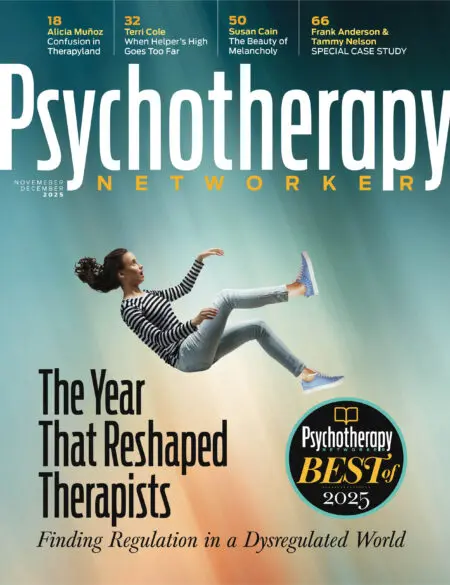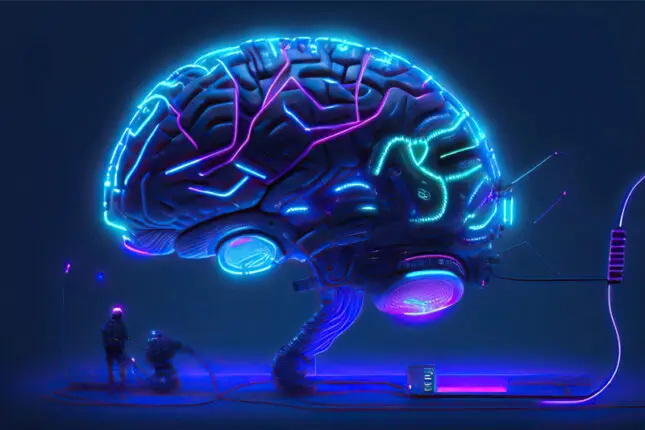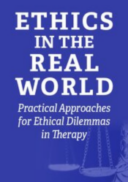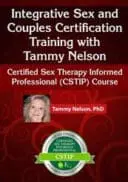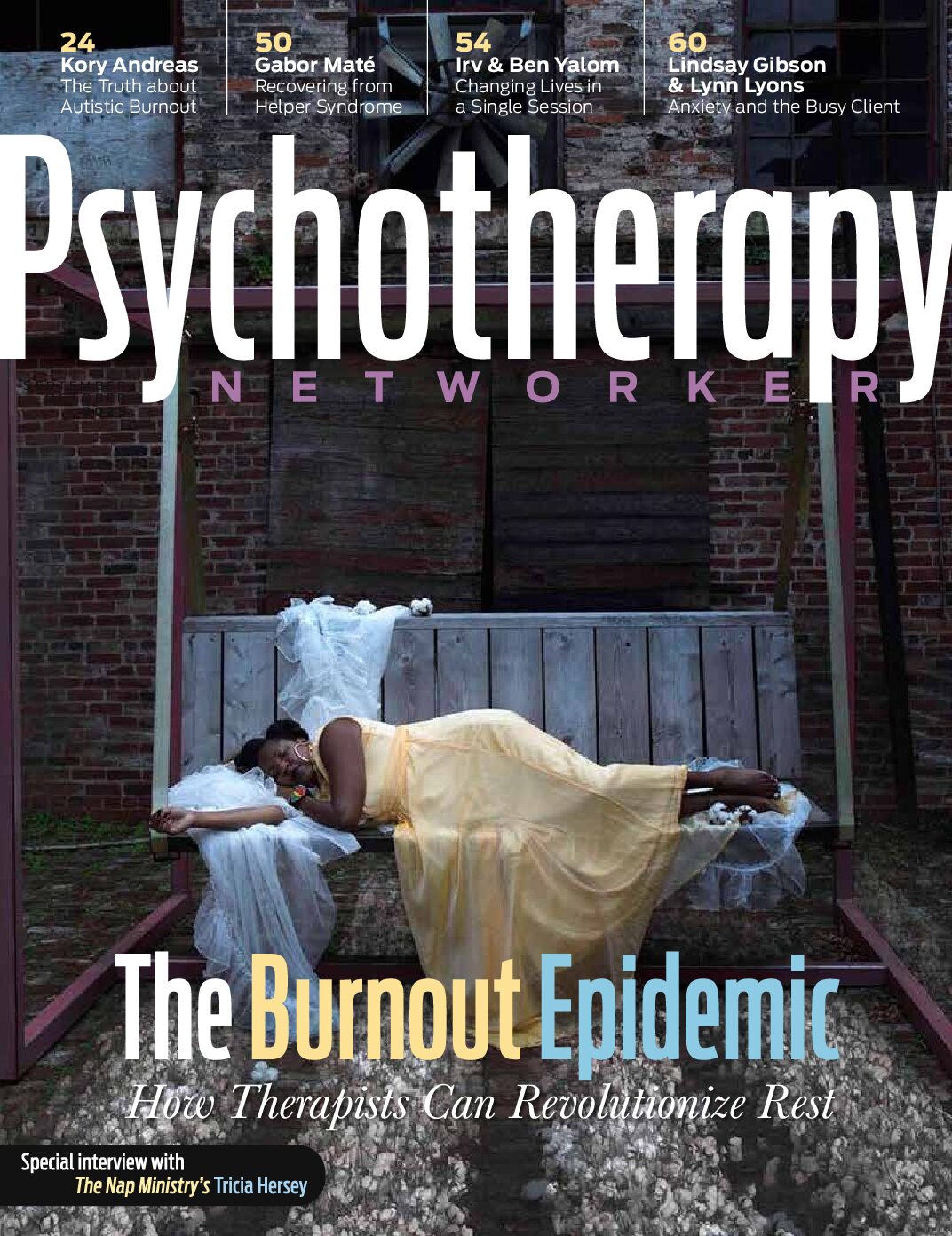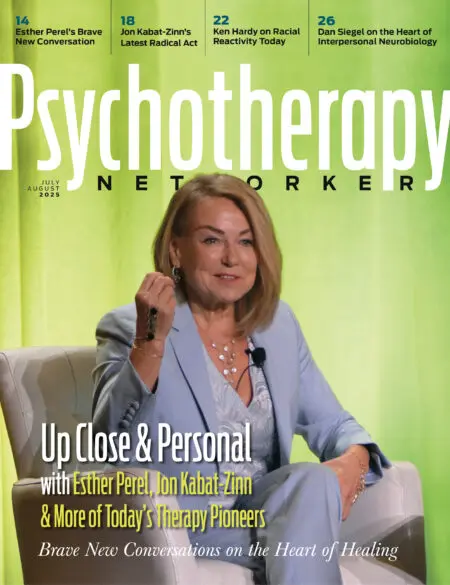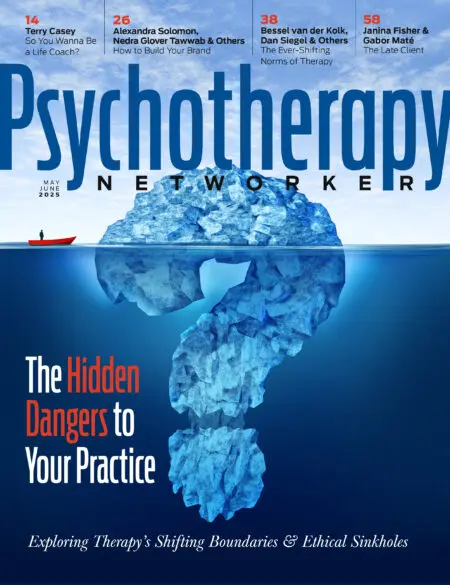Midway through Ken Kesey’s 1962 magnum opus One Flew Over the Cuckoo’s Nest, the protagonist, Randle McMurphy, the newest arrival at a psychiatric hospital in Salem, Oregon, gestures to an ominous, unmarked metal door and poses a question to Dale Harding, the patients’ de facto leader.
“Man, what they got going on in there?” he asks.
“In there? Why, that’s right, isn’t it? You haven’t had the pleasure,” Harding replies, lacing his fingers and leaning back. “Pity. An experience no human should be without. That’s the Shock Shop…. Those fortunate souls in there are being given a free trip to the moon. No, on second thought, it isn’t completely free. You pay for the service with brain cells instead of money.”
Kesey’s “Shock Shop” is perhaps Cuckoo’s Nest’s most menacing antagonist, the place where draconian hospital staff routinely doled out electroconvulsive therapy (ECT), a controversial procedure used to treat conditions like severe depression, schizophrenia, and bipolar disorder by sending an electric current through the brain to induce seizures.
If this sounds like a primitive, antiquated treatment, well, that’s because it is. Using electricity to treat mental illness dates back to the Founding Fathers, when Benjamin Franklin remarked that it could cure “hysterical fits.” By the mid-20th century, ECT was conducted by hospitals all over the country, used as an emergency or last-resort treatment when slower, gentler interventions or medication didn’t suffice. Many considered ECT to be a breakthrough treatment, so much that, in 1943, the two Italian pioneers of modern ECT were nominated for a Nobel Prize.
But ECT was no cakewalk. Prior to 1950, it was usually administered without anesthetic to produce a more intense seizure, and side effects included vocal cord spasms, circulatory problems, vertebral fractures, tooth damage, nerve palsy, skin burns, and prolonged apnea. The barbarism wasn’t lost on Kesey, whose characters emerged from ECT with faces turned into “oily purple bruises,” eyes “gray and deserted inside like blown fuses,” and living “in that foggy, jumbled blur … between sleeping and waking or living and dying.”
Cuckoo’s Nest doesn’t just balk at the sacred creed of “Do No Harm.” It’s a searing takedown of mental health treatment during an ugly chapter in its history, a cultural touchstone published in the thick of deinstitutionalization, when psychiatric hospitals and asylums began shuttering en masse following revelations of patient mistreatment and other inhumane practices. If anyone understood the sins of mid-20th century medicine, it was Kesey, a former voluntary “drug taster” at the Menlo Park Veterans’ Hospital, who was unwittingly given LSD and mescaline as part of the CIA’s now-infamous top-secret mind-control program, Project MKUltra.
As hospitals ceded to smaller, ostensibly gentler clinics, and antidepressants became synonymous with depression treatment, all signs pointed to ECT eventually becoming a forgotten relic of psychiatry’s not-so-rosy past. But not only did ECT survive, it would go on to receive glowing endorsements of efficacy from mental health’s biggest power players, including the National Institute of Mental Health, the American Psychiatric Association, the Mayo Clinic, Sheppard Pratt, and Yale University and Johns Hopkins hospitals. Despite all its dangers, it seemed ECT was just too enticing to leave behind.
Today, an estimated 100,000 people receive ECT annually. Notably, the procedure has become safer over the years: a skilled care team—including a psychiatrist, anesthesiologist, and nurses—oversees treatment, and patients are knocked out, given muscle relaxants, and monitored throughout the procedure. Unlike earlier versions of ECT, electrodes applied to the head administer small doses of electricity over just milliseconds. Seizures last about a minute, and after the anesthetic wears off and the patient wakes up, they’re monitored before being cleared to leave. A typical course of ECT involves two to three treatments weekly over two to seven weeks, and according to the APA, between 80 and 90 percent of patients respond to it, including 50 to 60 percent of those who don’t respond to other treatment or medication. Most patients report a full reduction in symptoms after six to 12 sessions.
Well that doesn’t seem so bad, you might be thinking. But nearly a century after the advent of modern ECT, a debate is still raging not only around the ethics and safety of shocking the brain, but around how it works—and whether it works at all. Meanwhile, its opponents—and even physicians who’ve long been part of ECT care teams—are clamoring about newer, similar, and objectively safer depression treatments like transcranial magnetic stimulation, which stimulates the brain’s nerve cells using magnetic fields instead of electricity.
Comfortably Numb
Given all the legitimate criticism that surrounds ECT, how did it manage to survive? After all, many have called it a form of social control and violence, pointing to it its disproportionate use on women and seniors, who make up nearly 70 percent and half of all ECT patients, respectively. Others have questioned the ethics of administering ECT to patients like catatonics, who are unable to give consent. Then, of course, there’s the chief accusation that ECT causes irreversible brain damage, most often manifesting as mood swings, confusion, and short- and long-term memory loss.
But these criticisms are easily obscured by the many respected establishments that say ECT is not only safe and effective, but just as effective or more effective than drug treatments. “Not a single controlled study has shown another form of treatment to be superior to ECT in the short-term management of severe depressions,” reads a National Institute of Mental Health statement from its landmark 1985 conference on promising biomedical technologies.
John Read, a professor of clinical psychology at the University of East London and one of ECT’s most prominent critics, says these claims just don’t’ hold water. “In a nutshell,” he explains, ECT shows “very little evidence of benefit, no evidence of long-term benefit, and massive evidence of memory loss and brain damage.”
Read lives and works in the United Kingdom, where popular media outlets like The Guardian, The Independent, and BBC News have all published calls for ECT to be reevaluated. But Read got his feet wet in the epicenter of America’s ECT trenches, working as a nursing attendant at a Bronx hospital in the 1970s. It was here that he got his first glimpse of ECT—and what he saw horrified him.
“Three times a week, I’d watch a row of people in the hospital corridor go into a room and come out unconscious on a trolley,” he says. “I’d sit with them while they came around, and they’d ask me ‘Where am I? Who am I?’ One woman looked me right in the eyes and said, ‘Why would they do this to me?’” Read just sat holding her hand. It was the one question he couldn’t answer. “I assumed that what these doctors were doing was for people’s good,” he says, “but I didn’t like the look of it. It felt weird.” A few years later, while working as a clinical psychologist at a hospital back in England, a patient died on the ECT table. The hospital denied responsibility. For Read, it was the final straw, and he began delving into the research on ECT, not only finding information that suggested it was fundamentally flawed, but encountering pushback from the medical establishment.
“How can intelligent people think it’s a good idea to put electricity into the human brain?” he asks. “It comes from the outdated idea of mutual exclusivity—the idea that if you had one illness, like epilepsy, you couldn’t have another,” like schizophrenia, and therefore, the cure for schizophrenia was epilepsy,” Read says. “There was another theory that it worked because it caused brain damage, that mental patients had too much brain activity. You’ll find articles on ECT from the 1940s with titles like ‘Brain Damaging Therapeutics.’ That’s how primitive and stupid it was. It’d be almost funny if we weren’t still doing this.”
Okay, but isn’t ECT mostly safe by now? Isn’t it mostly effective? Read says these are common myths, and that claims of safety and efficacy aren’t supported by the research. “The gold standard for evaluating any treatment is a randomized control trial with placebo,” he says, “and there hasn’t been one on ECT for depression since 1985.” The handful that do exist, Read adds, don’t meet today’s methodological standards, and the results are mixed. Yes, today’s ECT involves more safety protocols, like muscle relaxants and anesthetic, “but for some reason we’re still convinced it’s a good idea to put 150 volts of electricity through brain cells only equipped to deal with a tiny fraction of a volt,” Read says. “ECT and psychiatry circles get very cross when you say there’s brain damage, but there’s no way around it: ECT causes brain damage. There’s emotional flattening, the loss of past memories, and the inability to learn new information.”
Read doesn’t doubt that ECT proponents have good intentions. But he says most are overly focused on its short-term effects, like euphoria—more of a temporary side effect, he adds—and fail to recognize the long-term complications. Read says between 12 and 55 percent of ECT patients experience permanent memory loss—a considerably large number, considering that most drug companies will quantify a side effect that occurs in just five percent of users as “very common.” And it begs the question, he adds: if ECT is so wonderful, then why are less than five percent of psychiatrists actually using it?
A Front-Row Seat
Psychiatrist Frank Anderson says the reason ECT isn’t more widely used has less to do with its effectiveness or side effects than with the pervasive myths and misconceptions about what it actually entails. “You have to be a part of the process to appreciate its value,” he says. “What fosters the popular cultural perception is ignorance.”
Anderson doesn’t deny ECT’s dark past. His own mother was a nurse tasked with holding down the limbs of patients during treatment “back in the days of One Flew Over the Cuckoo’s Nest,” he says. “It was kind of violent and barbaric, and people were using it very freely.” But by the time Anderson began his clinical training at Harvard Medical School in the early 1990s, he says ECT was not only being used more sparingly, but in a more targeted manner.
“Doctors were very specific about what ECT was and wasn’t good for,” he says. “If a person had psychotic depression, or bipolar with mania, or treatment-resistant depression that couldn’t be managed by medication, then they were a good candidate.” Based on the patient’s symptoms, he adds, it was given unilaterally or bilaterally, or in low or high doses. Some patients would receive it multiple times a week, and others would receive it in outpatient facilities. Caps were placed on how many treatments patients could receive in a year and a lifetime. In short, he says, ECT was carefully tailored to the patient’s individual needs and tolerance.
Seeing ECT up close dispels the popular myths about it, Anderson says. “Most of the nurses, therapists, and social workers in inpatient settings see the benefit of it as opposed to the cultural perception, which is that it’s a horrible, violent thing. I’ve seen it. It’s not like the patient is flailing around; you’re measuring the seizure by watching their index finger move up and down. It’s used very specifically—and it’s one of the best treatments we have for certain psychiatric disorders.”
But how does ECT really work? The answer is complicated, says Bradley Gaynes, a psychiatry and epidemiology professor at UNC’s School of Medicine. As a health services researcher, Gaynes has spent much of his career looking at the evidence base for different mental health treatments. He’s also worked closely with the U.S. Department of Health and Human Services’ Agency for Healthcare Research and Quality, which examines potential nonpharmalogical mental health treatments, including ECT.
According to Gaynes, research suggests that ECT may moderate the neurotransmitters that affect mood, like serotonin, dopamine, and GABA, promote neuroplasticity in the growth of new neurons, or reduce hyperconnectivity in parts of the brain associated with depression. “The mechanism of action is still being debated,” Gaynes says. “But we don’t know why many other treatments work either, only that they do. Take lithium for bipolar disorder, for example. It’s one of the most effective treatments we have, but no one knows exactly how it works. ECT is the same.”
As for the claims of memory loss and brain damage? “There’s no evidence of structural brain damage,” Gaynes says, “and most of the evidence supports this idea of neurogenesis, the development of new neurons in the brain. Some say that over time they don’t feel as cognitively quick. But it’s hard to say how much of this is the treatment versus the depressive illness—or how bad the cognitive effects would’ve been without the procedure. This isn’t a perfect treatment with no risks, but for folks who’ve failed five or six prior treatments or are severely suicidal and depressed, it can be a lifesaver.”
So what’s next for ECT? Gaynes says it will continue to evolve. In fact, researchers are already looking into how nontraditional interventions, like psychedelics, might be combined with ECT to make it even more effective. Transcranial magnetic stimulation, a cousin of ECT and an objectively safer brain-stimulating intervention for severe depression, is also quickly gaining ground. TMS is a relative newcomer—the first TMS devices received FDA approval in 2008—but “it already has some pretty good studies for PTSD,” Anderson says.
Predictably, John Read is more skeptical of ECT’s future—and of these other treatments. “TMS is undoubtedly safer than ECT,” he says. “But my fear is that it’s ‘the next big fix’ for things that aren’t really biological problems. My understanding is that depression is primarily caused by depressing things happening. But we keep turning to medical solutions, and I wish we’d move on from this idea that we can fix psychosocial problems and our reactions to them with chemicals and electricity.”
There’s no consensus on the best depression treatment, no silver bullet—at least not yet. Getting closer to a solution that’s truly safe and effective will take time. It will be preceded by more debates and disagreements, by more trial and error. But inevitably, treatment will get better—thanks to contributions from healers who don’t always see eye to eye. Maybe Ken Kesey said it best: “Since we don’t know where we’re going, we have to stick together in case someone gets there.”
Chris Lyford
Chris Lyford is the Senior Editor at Psychotherapy Networker. Previously, he was assistant director and editor of the The Atlantic Post, where he wrote and edited news pieces on the Middle East and Africa. He also formerly worked at The Washington Post, where he wrote local feature pieces for the Metro, Sports, and Style sections. Contact: clyford@psychnetworker.org.
